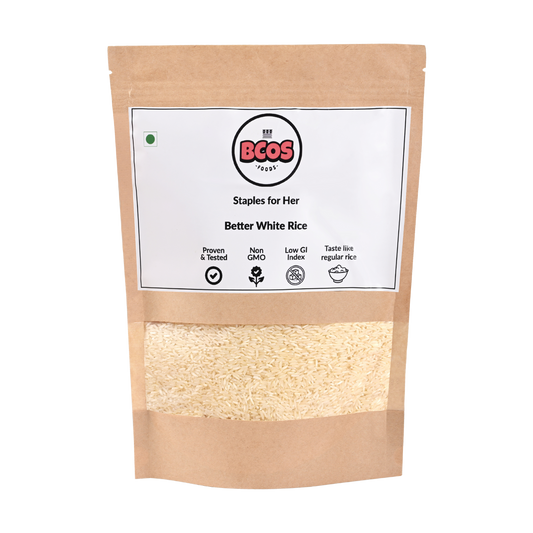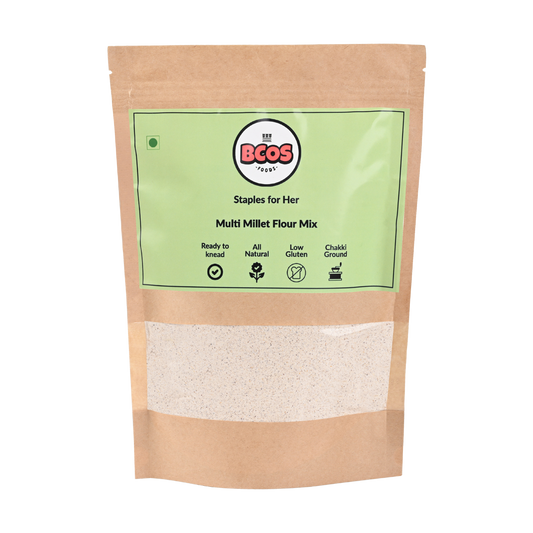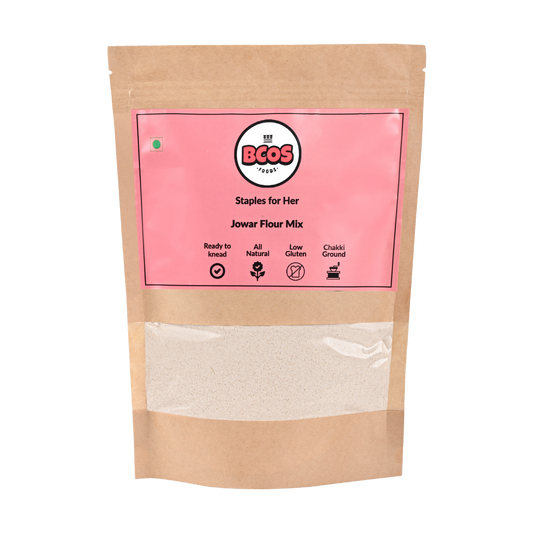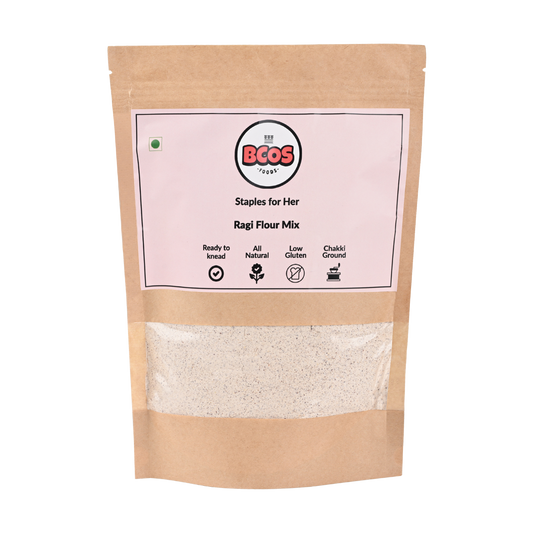How to embrace the menstrual cycle and make use of its “seasons” in order to feel vibrant and aligned.
Most of us have experienced monthly cycles, but how much do you really know about it? How long is a normal cycle? What are the menstruation phases and what does our cervical fluid tell us about which phase we are in? In this post I will compare the menstrual cycle with the 4 seasons of the year.
As a year has 4 seasons, the menstrual cycle has 4 phases. We differentiate between the follicular, ovulatory, luteal and bleeding phase. The length of an ideal cycle ranges between 25 to 35 days. A bleeding phase of 4 to 5 days is considered optimal. Changes in cervical fluid occur in each phase.
SPRING SEASON – THE FOLLICULAR PHASE

The follicular phase starts on the first day of menstruation when bleeding begins. It should have a minimum length of 11 days to be a fertile cycle. In order to fit into our season model and to be compared with the spring season, think of it as the phase between menstruation and ovulation.
During this phase, our body secretes hormones which stimulate the maturation of eggs. Only one will ripen completely and then be released into the fallopian tube at the time of ovulation.
At the beginning of this phase, estrogen and testosterone levels are usually low. As they begin to increase, we experience a boost of energy, mood and brain skills. You will feel more confident, powerful and willing to take risks. Testosterone will stimulate your libido and make you feel a bit bolder.
Estrogen will make your skin feel and look better. You will feel more extroverted and being pushed into making social connections. Estrogen suppresses appetite, so you will feel lighter and less weighed down during this phase.
As ovulation approaches, the uterine lining thickens for preparation for pregnancy. The cervix remains low and closed, but gradually opens and starts producing better quality cervical fluid. It takes on a wetter consistency, and leading up to ovulation, it begins to look pasty or creamy. Women are most fertile during the days leading up to ovulation.
During the follicular phase, internally, the body is starting the fertility process all over again by preparing an egg, and externally, it’s a time for renewal, beginning new things, and making social connections.
The follicular phase is a good time for:
- Initiating new projects at work or at home
- Making important personal or business decisions
- Brainstorming and problem solving
- Strategizing in business or at work
- Being social and connecting with others
- Participating in strenuous physical exercise
SUMMER SEASON – THE OVULATORY PHASE
The ovulatory phase usually occurs between day 12 and 17 of the monthly cycle. This phase, which can be compared to summer season, usually lasts between 2 and 3 days and is the phase, in which the egg is being released from the ovary. The egg will be viable for about 12 to 24 hours.
The cervical fluid of this phase is a great indicator of the fertile days of the monthly cycle. It’s typically clear, or resembles egg whites, and is viscous with lots of elasticity. It will stretch when held between two fingers.
Physically, levels of estrogen and testosterone are at their peak during the ovulatory phase. Women often feel more attractive during this time and energy levels and sex drive are high. It is a good time to enjoy physical activity and high impact workouts, especially group workouts.
The ovulatory phase is a good time for:
- Job interviews, or anything where you need to be on your A game
- Asking for a raise or having important conversations
- Networking or public speaking events
- Launching a new business or venture
- Scheduling date night with your partner or asking someone out
- Physical exercise, activities and sports
FALL SEASON – THE LUTEAL PHASE
Like a tree that shakes of its leaves during fall season, our uterus releases the unfertilized egg. This phase typically lasts between 12 to 16 days in order to be considered part of a fertile cycle. Testosterone and estrogen decline and heat producing progesterone levels start raising. The basal temperature of a women will go up. Progesterone also stimulates the uterus lining to thicken. The cervical fluid will go from stretchy and wet to sticky and dry. Progesterone is often referred to as the “keep calm and carry on” hormone. As progesterone production increases, you will find yourself starting to wind down and wanting to avoid the social scene. It is like the weather starting to get cold and your desire to stay home, cuddled up in a warm blanket with a cup of hot chocolate, increases.
The luteal phase is a good time for:
- Nesting
- Organizing your home or office
- Taking care of your personal to-do lists and chores
- Bookkeeping and accounting tasks
For many women, the second half of the luteal phase is often the most dreaded time of the monthly cycle. Many women experience signs of PMS like headaches, bloating, moodiness and cravings for carbohydrate-rich comfort foods. As you get closer to your period, you may also experience a feeling of physical fullness and a strong desire and anxiousness to release this fullness. Thankfully, this will happen when your period begins.
Here are some helpful practices that will help relief symptoms during this time:
- Good self-care practices, like massages and baths
- Nourishing and healthy comfort foods that won’t disrupt blood sugar
- Gentle exercise like yoga
- Getting to bed earlier or sleeping in later
WINTER SEASON – THE BLEEDING PHASE
The bleeding phase begins when progesterone levels drop, causing the lining of the uterus to break down and shed. For most women, this phase lasts for about 2 to 7 days. Some women may experience a feeling of relief once the bleeding starts. During this phase, you may feel tired, withdrawn and introspective. This naturally leads to the desire to take a break from daily routines, or even take a day off. Since this is not always possible, simply introducing more quiet time may be extremely helpful. This may look like short walks, some gentle stretching, or closing your eyes and focusing on deep breathing for 5 minutes.
The bleeding phase may be a good time for:
- Giving yourself some downtime for restoration
- Trusting your intuition
- Journaling, visioning and goal setting
Keeping the “seasons” of the menstrual cycle in mind, we can live a more balanced and happy life, giving our body what it needs physically and emotionally.
Get in touch with us at BCOS Foods, talk to our nutritionists and get your personalized meal plan helping you balance your hormones.
What practices work best with you during the four monthly phases? I would love to hear from you. Please leave a comment in the section below.





